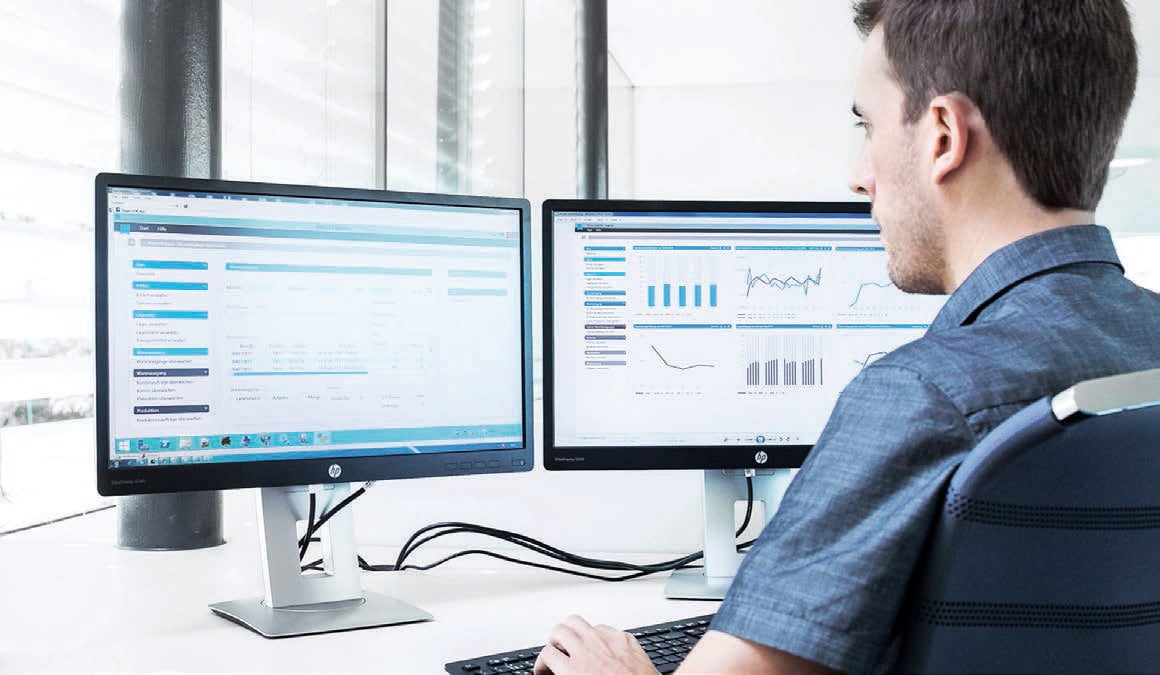Software in Intralogistics, What you Should Pay Attention to
A storage management system describes in essence a system for the management of storage locations and stock. A Warehouse Management System or WMS generally means instead the control and optimisation of complex flows of goods of intralogistics. In addition to the elementary functions such as storage area and quantity management as well as the control of the flow of goods, it also includes extensive methods for controlling the system or plant status as well as a selection of optimisation strategies for the performance scope.
Online Commerce Shows Us How Important Automation Will Be in the Upcoming Years. Customers Demand Sameday Delivery.
In order to make a significant difference in the market in the future, flexible and scalable logistics systems are needed. Online commerce shows us how important automation will be in the upcoming years. Customers demand same-day delivery. What I order today I also want to have delivered today.
For logistics and, in particular, for the IT systems, this is an enormous challenge. System limits must be overcome and a view of the complete logistics chain is necessary. All systems from the entry of the order up to its delivery must work together perfectly. From our point of view, this cannot be implemented with standard systems, as customer requirements can be completely different. Flexible, tailor-made software solutions are required that are perfectly coordinated with each other. The essential elements are mobility, integration and automation.
Tailor-Made Software Solutions are Required to Be Perfectly Coordinated with Each Other. The Essential Elements are Mobility, Integration and Automation.
The use of mobile end devices (hand scanners, smart watches, smart glasses, etc.) makes it possible to optimise processes in intralogistics. Mobility also means flexibility. This flexibility underlines the possibility to permit customer-specific requirements to be incorporated in the logistics system. The WMS must be embedded/integrated in the customer environment and offer absolute transparency. Boundaries must be eliminated and the different systems must be merged together so that the ERP system and the WMS work together optimally in order to generate the best possible optimal benefits for the customer.

Processes in the company should be automated in order to make things easier for people and reduce costs. This is done on the one hand with the help of mobile end devices (less paper all over the place, etc.) and on the other through the use of fully automatic transport systems. In the future, WMS will represent the hub for all these systems (ERP systems, mobile end devices, fully automatic transport systems, etc.). The future challenges for WMS are therefore the coordination of all these systems, user acceptance, the mapping of customer-specific requirements and the establishment of the necessary transparency so that changes can be reacted to as quickly as possible. Strictly along the lines of: “If I can measure and evaluate it, I can also control it.”
SERVUS can supply you with exactly the software package that you need. Find out more about SERVUS Software or read more about trends in intralogistics in our whitepaper: Lean logistics - Making intralogistics ready for the future

About the author
Managing director at MIA Systems

